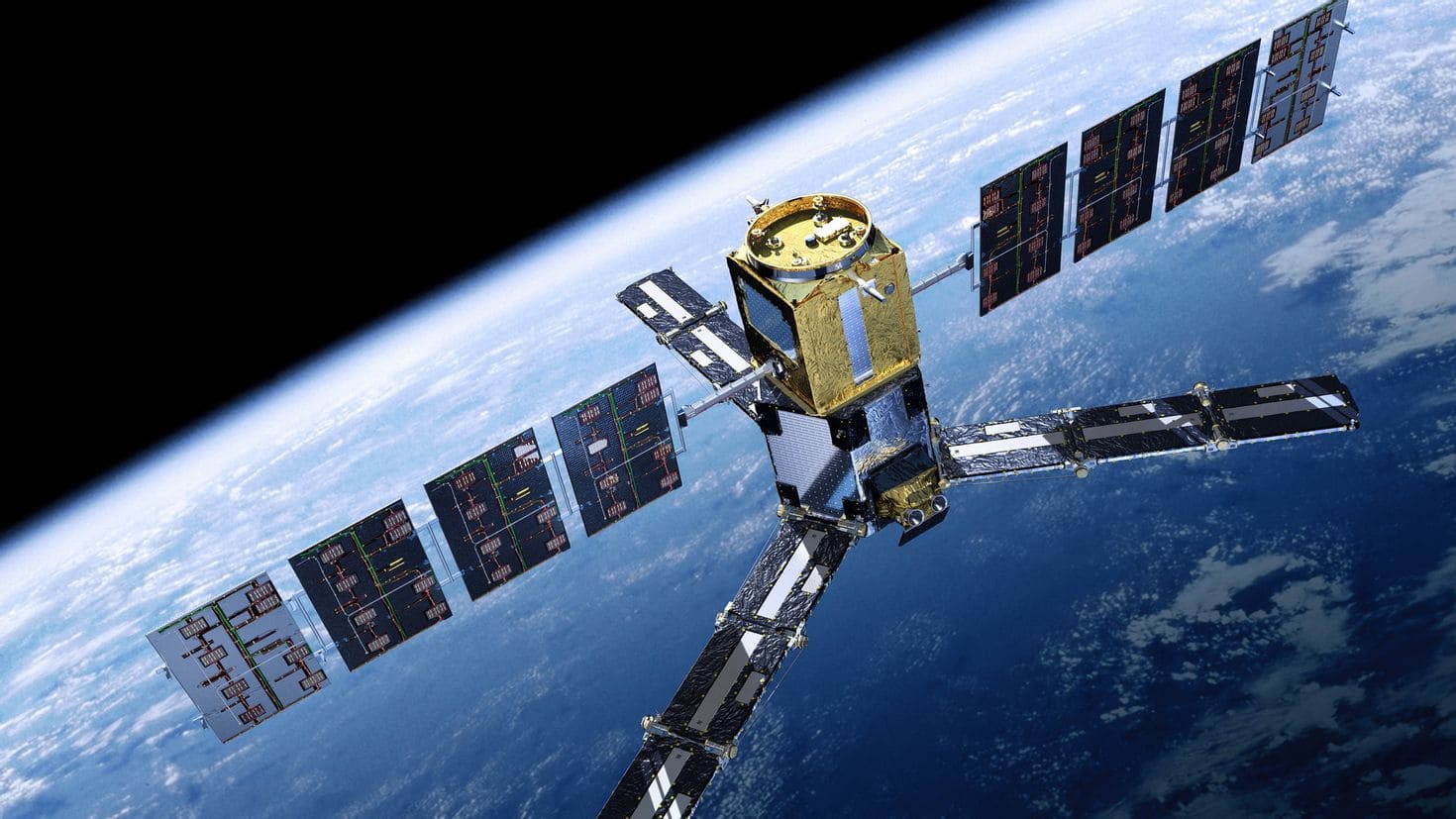NASA has developed an experimental electric rocket engine, the H71M, which is incredibly efficient. It is claimed that this engine will replay all the rules of the game in future space missions, whether servicing in Earth orbit or travelling across the solar system in small satellites.
Essentially, NASA has significantly improved and scaled down the well-known Hall-effect-based electric rocket engine that have been used in space for more than half a century. However, the new version of the H71M engine offers a more efficient and compact alternative. While current analogues of such engines can use a working body volume of only 10 per cent of the vehicle mass and operate for several thousand hours, the new H71M engine can use up to 30 per cent of the propellant mass for 15,000 hours.
This H71M engine will make small satellites more manoeuvrable: they can fly long distances, accelerate and decelerate for longer periods of time. All this leads to great advantages and new possibilities. Satellites will be able to independently reach the desired orbit from low Earth orbit and from there go to Mars and other planets from geo-transition orbits, saving resources at launch. Moreover, satellites that are additional to the main payload will have more manoeuvring capabilities, hitherto limited to the main payload. Finally, the field of service satellites, which extend the life of other spacecraft, will gain an efficient tool for in-orbit missions.
It is noted that NASA does not plan to develop this kind of electric rocket propulsion on its own. Instead, the agency will transfer licences to commercial companies. The first company to receive a licence for the H71M engines was Northrop Grumman. The company has already built its own version of the engine, called the NGHT-1X, and is currently testing a prototype in a vacuum chamber at its research centre.
Northrop Grumman subsidiary SpaceLogistics is working on a Mission Extension Pod (MEP) service satellite with two NGHT-1X engines. Three such MEP satellites are expected to carry one liaison satellite each into higher orbits in 2025. The small MEP satellites will be used as ‘jetpacks’ for the servicing platforms. They will abut the platform and keep it moving, extending the life of expensive equipment in orbit for years to come.
When the new electric rocket motors become widespread commercially, NASA also does not rule out the possibility of acquiring them for its own needs and government space programmes.



